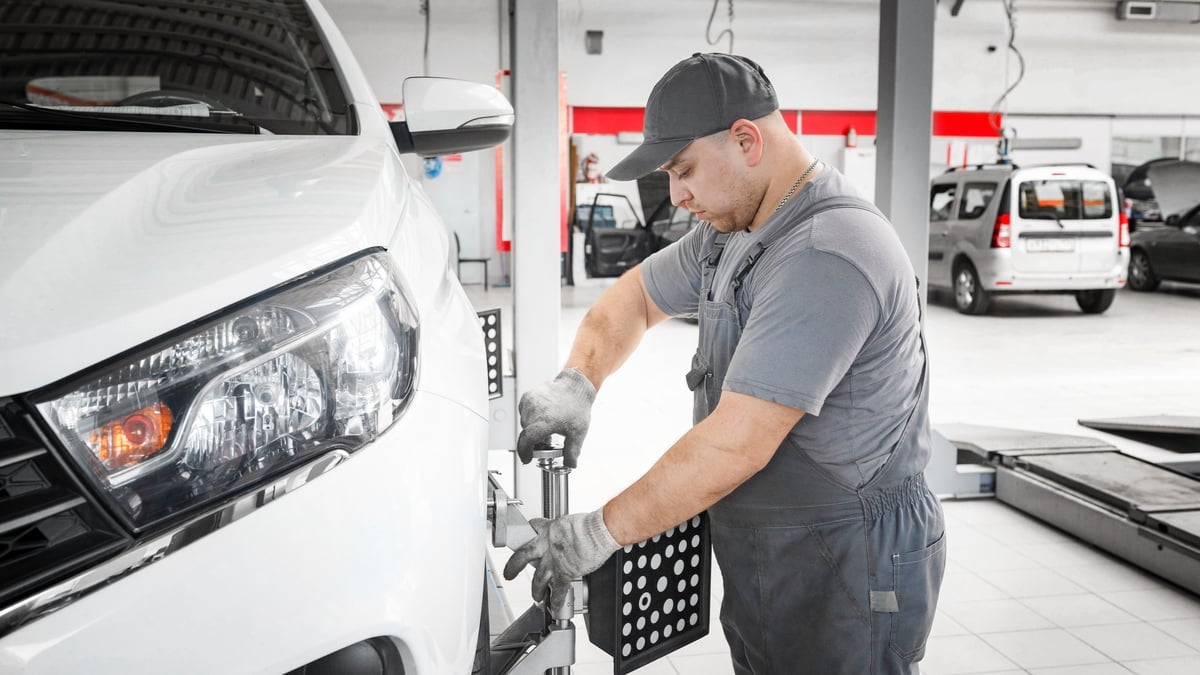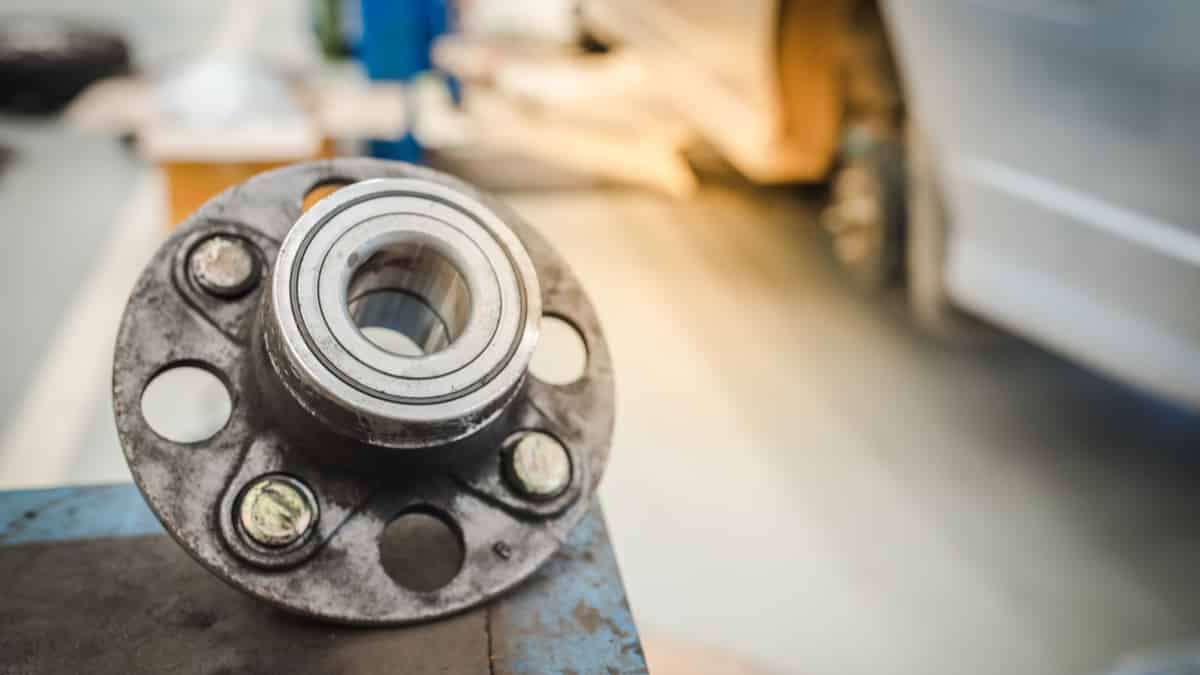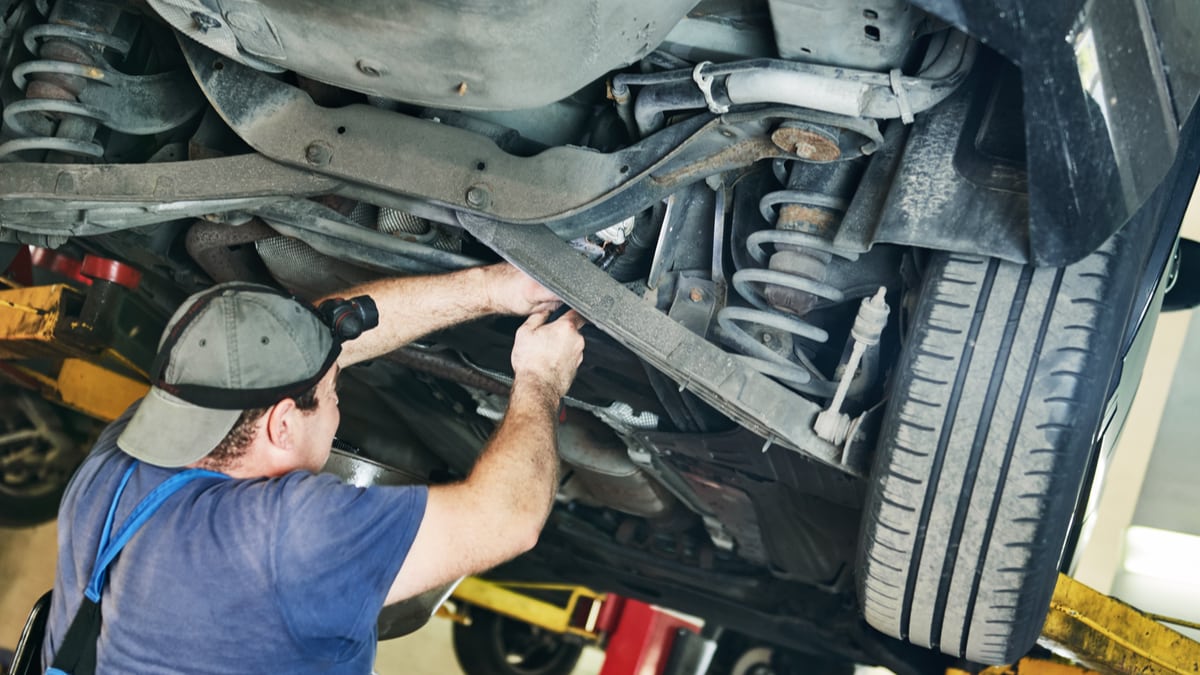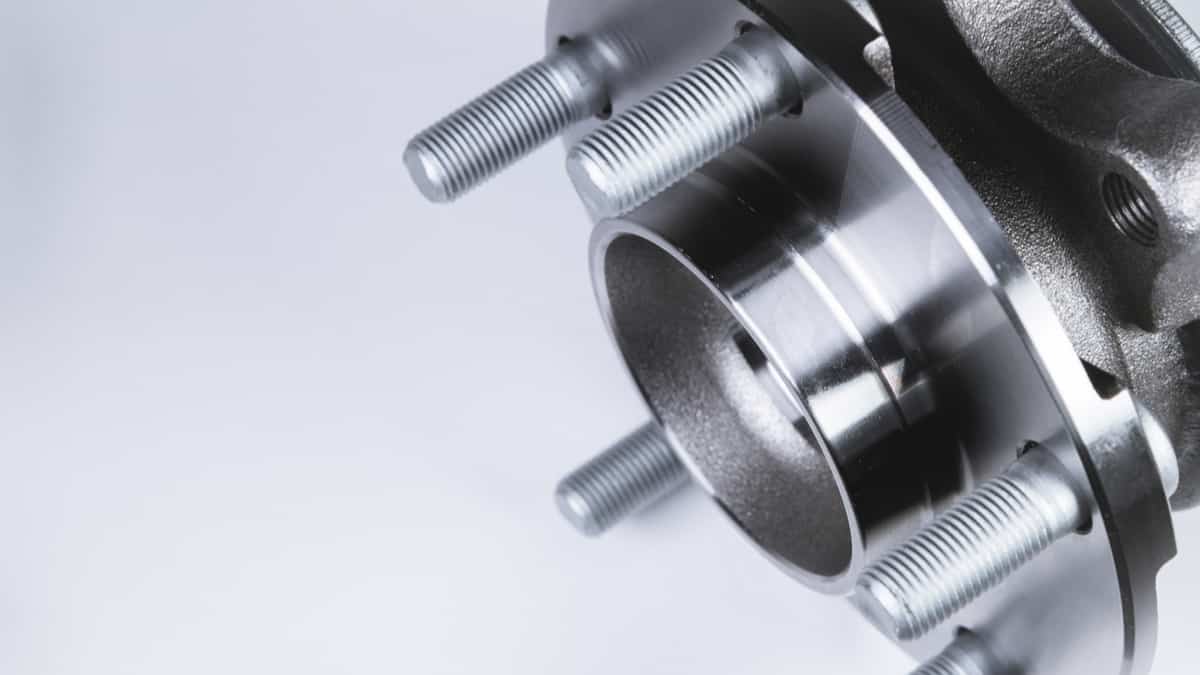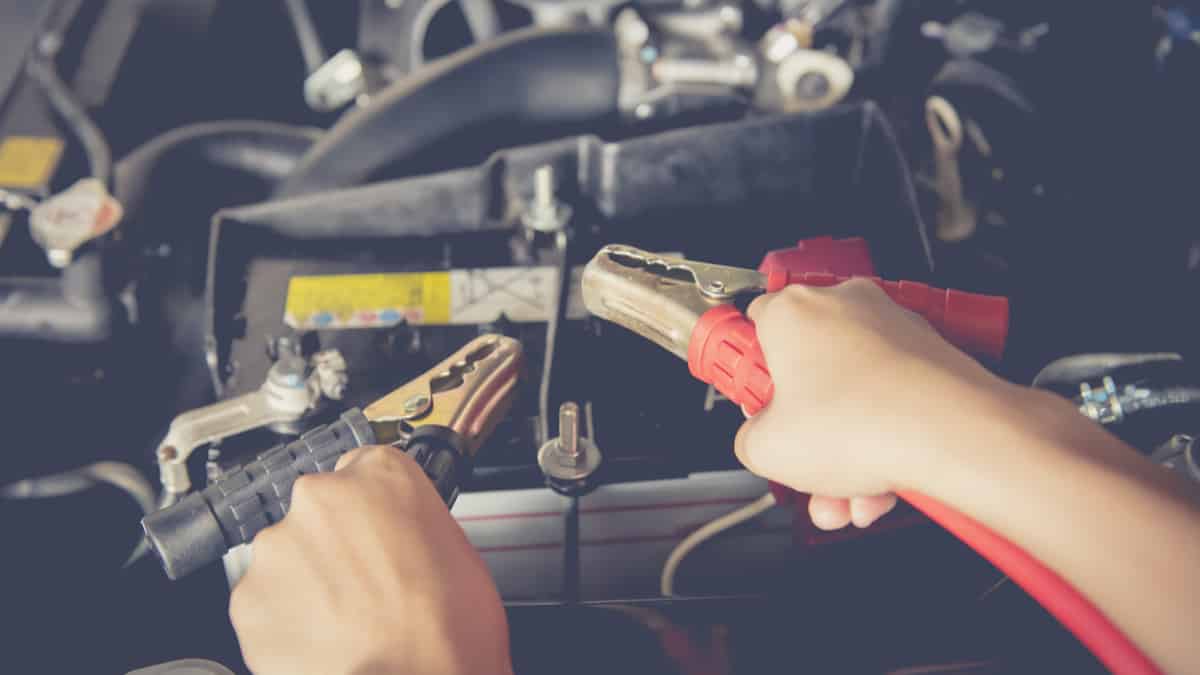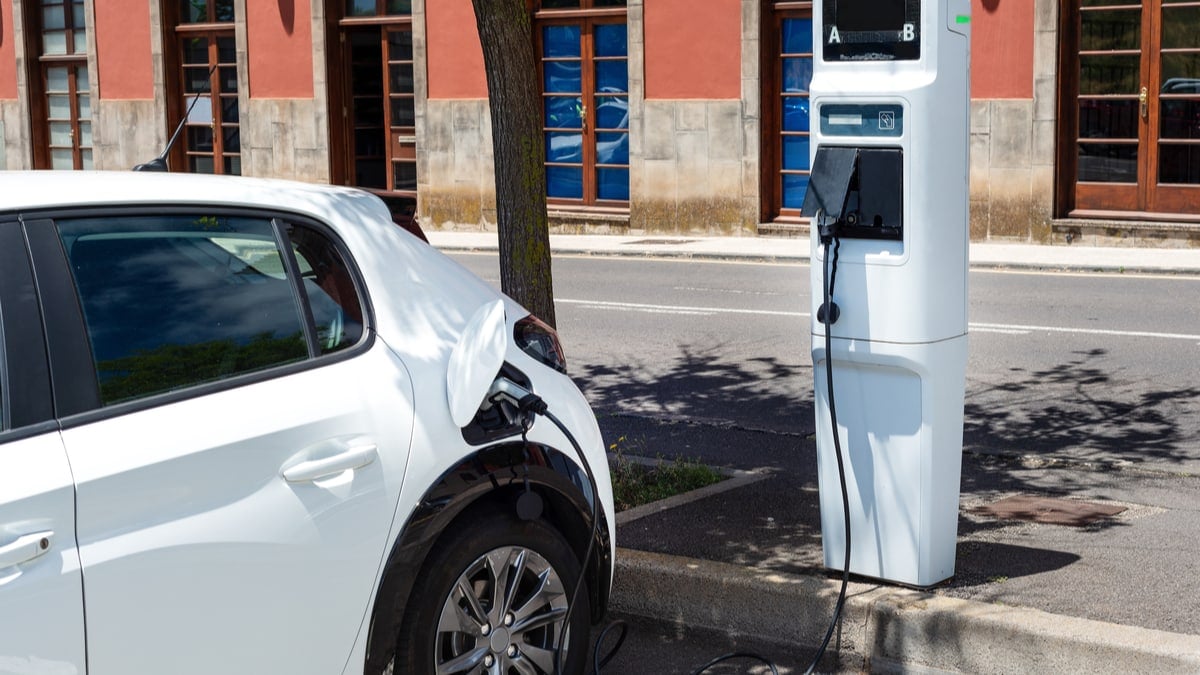As part of regular car maintenance, you want to make sure you are getting regular wheel alignment. This simple process doesn’t normally take long unless there are special circumstances. So, how long does a tire alignment take?
The average wheel alignment takes 30 to 60 minutes once the vehicle is taken into the tire shop. However, the type of alignment, type of vehicle, condition of the components and the experience of the technicians can all impact how long your vehicle is needed in the shop.
You must also consider how long you will be waiting for your wheel alignment. If there are other customers waiting before you, there will be downtime before the vehicle is taken in.
In this guide, we examine what a wheel alignment is and how long it takes. We also look at the factors that affect the time and show you how often you should have it performed. In the end, we also touch on the approximate cost of the tire alignment, so you know how to budget accordingly.
What is Wheel Alignment?
The tire alignment involves ensuring that all of the wheels are in line with each other and the road surface. With advanced calibration, the wheels are aligned to ensure the tires sit at their proper position. You can’t perform a proper wheel alignment without a special alignment machine, making it difficult to do at home.
During a wheel alignment, the suspension angles are adjusted and the positioning is changed until everything falls in line. The type of alignment needed differs by what type of vehicle you drive. However, the principles behind the car alignment service remain the same, no matter how many tires are being dealt with.
Factors Affecting Wheel Alignment Time
1. Type of Alignment
There are different types of wheel alignments, some take longer than others. For example, if you have a four-wheel-drive or all-wheel-drive vehicle, you usually need a four-wheel alignment.
Clearly, the more tires that are aligned, the longer you will be visiting the shop. If you have a front- or rear-wheel drive vehicle, you may only need a front-end alignment. This isn’t just the cheaper option, but it’s also the fastest.
There’s also the option to get a Toe-n-Go alignment. Shops will provide a quick toe angle adjustment on the front wheels. This is the most frequent issue, easily corrected in just about fifteen minutes. However, the high-quality shop won’t offer this type of alignment because it’s not seen as the proper way to handle the tires, according to top professionals.
This is mainly because a wheel misalignment of the camber angle and the caster angle – which are not adjusted for this type of service, can also cause wear and tear.
2. Type of Vehicle
You wouldn’t think that the vehicle type would affect how long you are at the shop, but not every car is easy to align. If you drive a compact sedan with 15” wheels, you are going to be at the shop for less time than the heavy-duty pickup with 33” wheels will be a longer wheel alignment process.
Additionally, the shop needs to easily access the various suspension system components under the vehicle to align it. With some vehicles, it’s easier to get to the tie rods and other components when compared with others. If you want to know how difficult it is to work on your vehicle, ask the tire shop when you make an appointment.
3. Component Condition
For starters, consider the model year of your vehicle to determine how long the alignment might take. If you are driving a 2020 vehicle, the alignment might take less time than working with the 2002 vehicle. The longer the suspension parts have been on the vehicle, the more likely the bolts or nuts might be rusted or seized. These complications cause the alignment to take longer.
Additionally, if the technician discovers that some of the suspension components are damaged, you might need to have them repaired or replaced before the alignment can take place. There’s no sense doing a wheel alignment on a car with a bad suspension system.
4. Experience of Technician
If you visit a shop hiring entry-level technicians, it could take you longer to get the alignment done. These technicians are just learning how to use the sophisticated machinery, so there will be a learning curve. Of course, these shops offer some of the lowest rates, so you must determine if the savings is worth the extra time.
On the other hand, if you visit a shop with ASE-certified mechanics with decades of experience, you will get the fastest wheel alignment possible. They know exactly how to get the wheels and brakes locked and aligned quickly and accurately for a good end result. Still, you need to be prepared to pay a premium price for this level of experience. It’s worth paying more if your time is money, keeping you from working by being at the shop.
How Often is a Wheel Alignment Needed?
Depending on the type of vehicle you drive and the manufacturer’s recommendations, you might need a wheel alignment every 6,000 miles. However, you should be sure to get one at least annually, especially if you know you’ve been driving over a pothole or a large bump a little too fast.
Additionally, you want to have the wheel alignment checked if you notice any of these symptoms:
- Car pulls to one side
- Vibration of steering wheel
- Steering wheel is off-center
- Wheel vibration
- Uneven tire wear
READ MORE: 5 Symptoms of a Bad Wheel Alignment
How Much Does a Tire Alignment Cost?
Many shops charge a flat rate for wheel alignment, depending on what type of vehicle you own. If you were going to have all four wheels aligned, you might spend around $200. However, the cost depends on where you live in the country and what type of repair shop you are visiting.
READ MORE: Average Wheel Alignment Cost (Front, Rear & 4-Wheel)
If the tire shop offers a package deal, you might be able to get a better rate. You can find a lot of these packages in shops that sell new tires. You can pay ahead of time for services, such as road hazard, alignment, rotation and balancing. Considering how many times you will visit over the life of the tires, it often pays to pre-purchase these services. Look at the plan as a type of insurance policy for your car’s tire health.
Categories: Suspension
